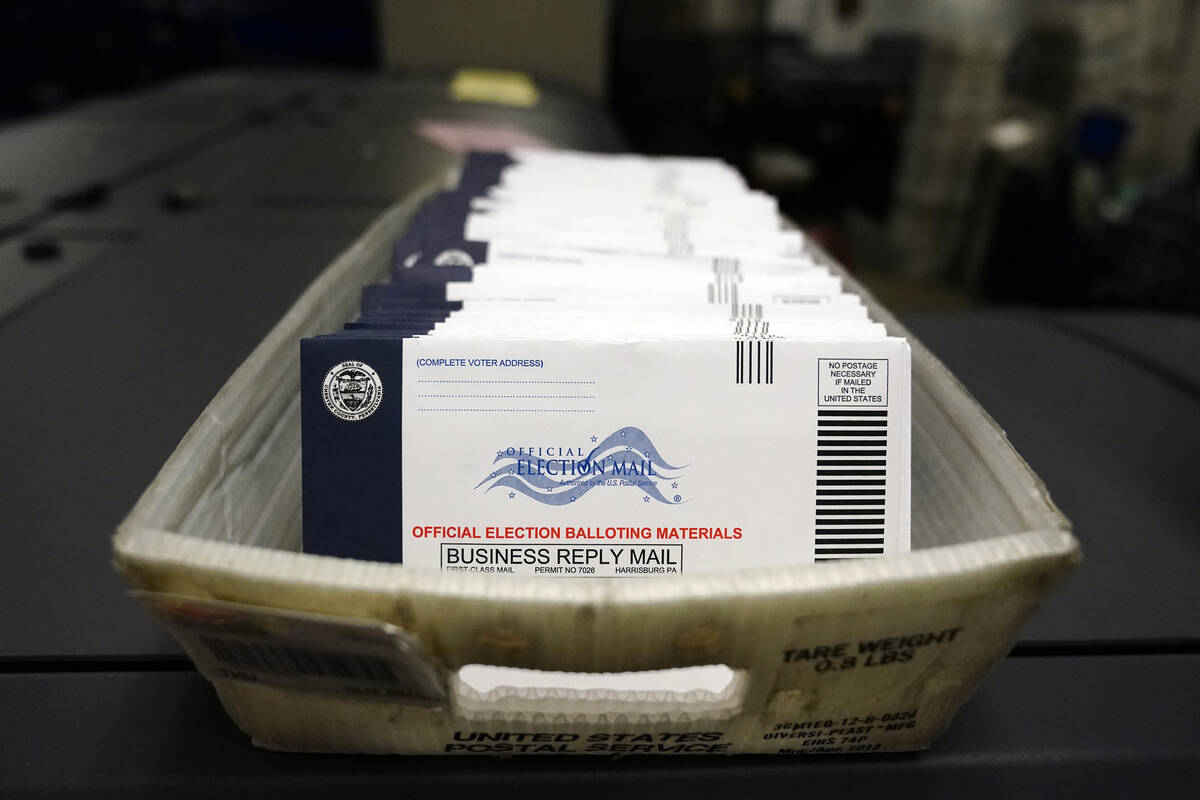The Review-Journal ran a story on Monday that declared the presidential race to be “in a virtual tie” based on a nationwide poll. National polls mean nothing. The best indicator of who is going to win in November is based on polls conducted in the seven toss-up states: Nevada, Arizona, Georgia, North Carolina, Pennsylvania, Wisconsin and Michigan.
RealClearPolitics takes the most recent polls and averages them. This gives us a clearer picture of who is ahead, as they don’t just rely on one poll. They have Donald Trump leading Joe Biden in each of the seven swing states by varying degrees. For the purpose of this analysis, I have discounted four of the seven states because Mr. Trump’s margin of success exceeds 3.5 percentage points.
That leaves Wisconsin, Michigan and Pennsylvania to decide the winner in November. Keep in mind that the winner needs 270 electoral votes. Assuming that Mr. Trump wins all of the electoral votes in the states where he is currently leading in the polls, he will have 312 electoral votes compared to Biden’s 226. Mr. Trump can win if he loses no more than 41 electoral votes from that count.
Assuming that Mr. Trump maintains his lead in the four states where he has a significant lead, he needs only to win one of the three remaining states of Wisconsin (10 electoral votes), Michigan (15 electoral votes) or Pennsylvania (19 electoral votes). These are the true swing states. He could lose both Michigan and Pennsylvania (34 electoral votes) and still win the presidency. It is unlikely that he would lose all three of them. That is Mr. Biden’s only path to victory.
Forget about the national polls. Keep an eye on the three that really matter.

